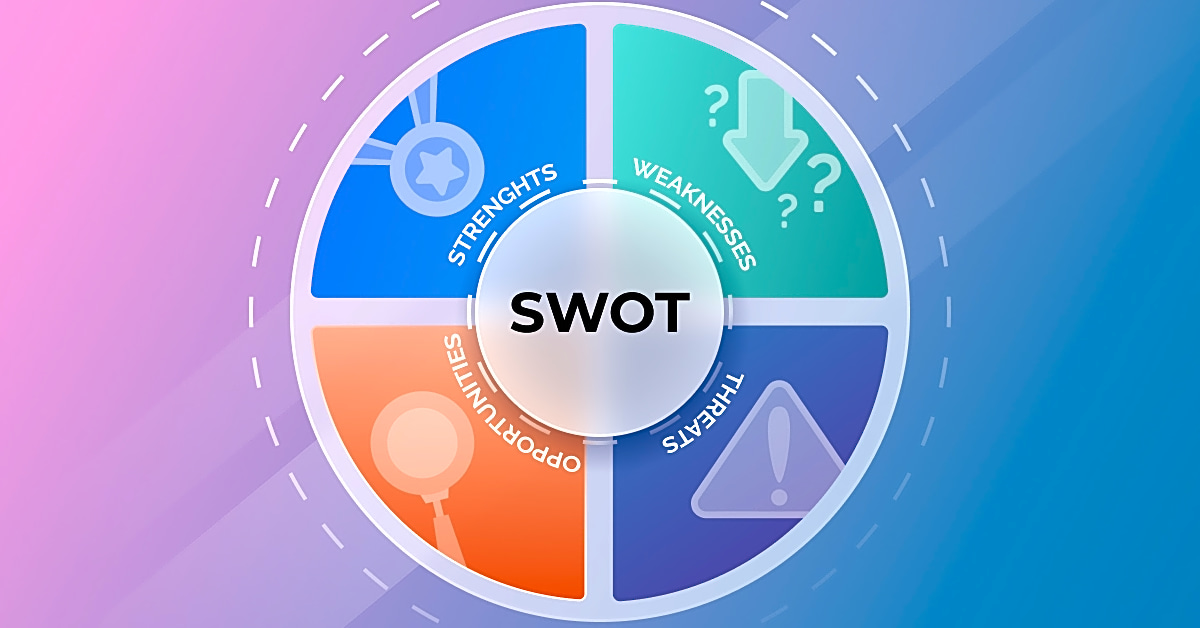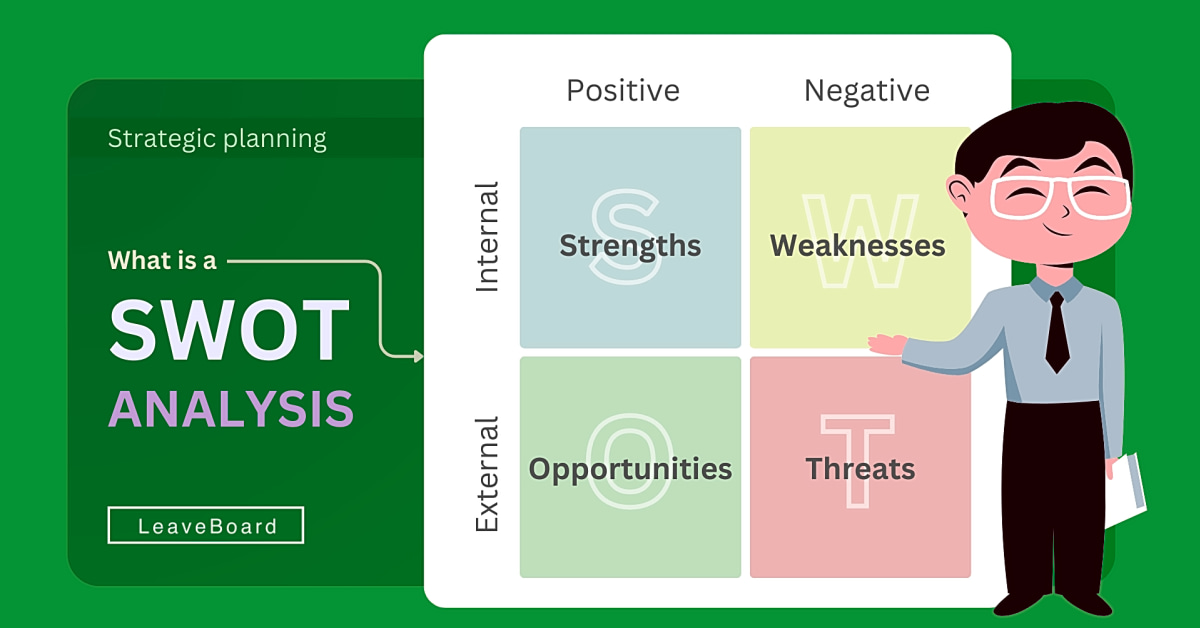Have you ever heard of SWOT analysis but aren’t quite sure what it stands for? You’re not alone. SWOT analysis is a commonly used business tool that helps companies and organizations evaluate their strengths, weaknesses, opportunities, and threats. This strategic planning method can provide valuable insights and help guide decision-making. In this article, we’ll dive into the world of SWOT analysis and break down what it means, how it works, and why it’s important for businesses of all sizes.
Whether you’re a business owner, marketer, student, or simply curious about SWOT analysis, this article will provide a comprehensive understanding of this powerful tool. We’ll explore the history of SWOT analysis, its components, and how it can be used in various contexts. By the end, you’ll have a clear understanding of what SWOT stands for and how it can be applied to your own situation.
So let’s get started and uncover the ins and outs of SWOT analysis – a crucial aspect of strategic planning that can help businesses thrive in today’s competitive landscape.
To begin with, let’s break down what each letter in SWOT stands for. S is for Strengths, which refer to internal factors that give an organization an advantage over others. W is for Weaknesses, which are internal factors that may hinder an organization’s success. O is for Opportunities, which are external factors that can benefit an organization. Finally, T is for Threats, which are external factors that could potentially harm an organization.
When conducting a SWOT analysis, it is important to identify these factors and analyze their impact on the organization. Some common questions to consider include: What are our strengths? How can we improve our weaknesses? What opportunities are available to us? What threats do we face?
Examples of SWOT analyses can vary depending on the context. For businesses, a SWOT analysis can help with strategic planning, market analysis, and identifying areas for improvement. For personal development, a SWOT analysis can assist with career planning, goal setting, and self-awareness.
Templates can also be useful in conducting a SWOT analysis. They provide a structured format and guide individuals through the process. Some examples of templates include the 2×2 matrix, TOWS matrix, and SOAR analysis.
In addition to templates, there are also various tools and frameworks that can aid in conducting a SWOT analysis. These include PEST analysis, Porter’s Five Forces, and VRIO framework. Each of these tools provides a different perspective and can enhance the overall analysis.
While there may be some debate about the effectiveness and limitations of SWOT analysis, it remains a popular and widely used framework for understanding an organization’s internal and external factors. It is important to note that a SWOT analysis is not a one-time exercise and should be regularly revisited to account for changes in the environment and organization.
Templates for Conducting a SWOT Analysis
Templates provide a structured format for conducting a SWOT analysis. By using a template, you can ensure that all important factors are considered and organized in a clear and concise manner. This can help individuals or organizations to better understand their current situation and make informed decisions.
Examples of SWOT Analyses
SWOT analyses can be applied to various scenarios, such as business planning or personal development. Some examples of situations where a SWOT analysis can be useful include:
- Assessing a company’s market position and competitive advantage.
- Evaluating potential business ventures or partnerships.
- Identifying areas for improvement within a company.
- Setting personal goals and identifying potential obstacles.
By understanding how to conduct a SWOT analysis and applying it to different contexts, you can gain valuable insights and make more informed decisions.
Tools and Frameworks for Enhancing SWOT Analysis
In addition to the traditional SWOT analysis, there are various tools and frameworks that can be used to enhance and provide different perspectives for the analysis.
One such tool is the PESTLE analysis which stands for Political, Economic, Social, Technological, Legal, and Environmental factors. This framework helps identify external factors that can impact an organization’s performance and its strategies. By considering these factors, a more comprehensive SWOT analysis can be conducted.
Another useful framework is the Value Chain Analysis, which focuses on the activities within an organization that create value for its customers. By understanding these activities, an organization can identify its strengths and weaknesses and determine how to improve its operations.
Other tools such as Porter’s Five Forces Analysis and the BCG Matrix can also be used to complement a SWOT analysis and provide a deeper understanding of an organization’s competitive landscape and market position.
Using these additional tools and frameworks can help enhance the overall SWOT analysis and provide valuable insights for decision making and strategic planning.
In conclusion, SWOT analysis is a valuable framework for evaluating an organization’s internal and external factors. By understanding the meaning of SWOT, how to conduct an analysis, and utilizing templates and tools, individuals can make more informed decisions and improve their overall understanding of their organization.


